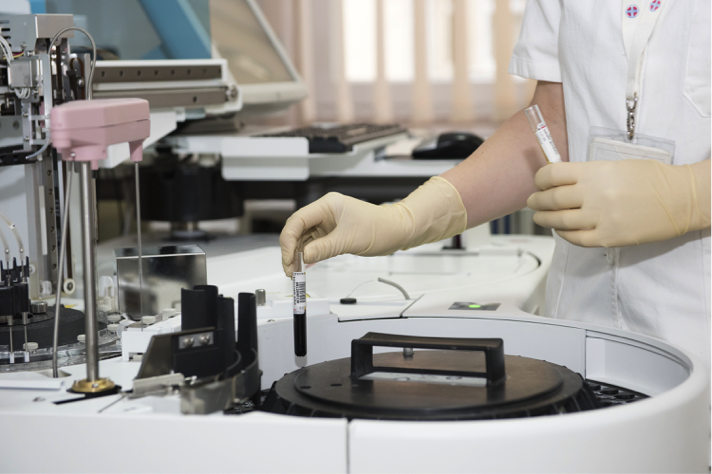Cure sometimes, treat often, comfort always – Hippocrates
The story of Quesalid
This is a true story. A hundred years ago a boy called Quesalid lived on Vancouver Island. He had a feeling that shamans tricked people, but he didn’t know how. To find out, he became a shaman’s apprentice. One day a hysterical man was brought to the shaman. The shaman said the man must be possessed by a demon, so he held the man down and did a ritual, then spat out a bloody clump he said was the demon. But Quesalid had been watching carefully, and noticed that the shaman had hidden some eagle feathers between his inside lip and gum before the ritual started. During the ritual the shaman sucked very hard on his lip making the gum bleed on the feathers. So the thing he spat out was a tuft of bloody eagle feathers not a demon. What surprised Quesalid even more was that the trick seemed to completely cure the hysterical man.
Armed with the truth, Quesalid got ready to expose shamans as phonies. But first he had to finish his apprenticeship, which meant he had to treat some patients himself. Eventually Quesalid was sent to cure a chief’s sick grandson. When Quesalid got there, the chief said he’d dreamed of him. Quesalid was confused—how could the chief dream of a fake shaman? But he did the eagle feather trick, and the chief’s grandson got better. Quesalid went on to become a famous shaman. He knew he was tricking people, but he also saw his patients recover.

If Quesalid traveled forward in time to observe medicine today he would see that things are different. There are no eagle feather tricks, and we have many real treatments that work. But he might also see that doctors, with their white coats, stethoscopes, Latin words, diplomas, and high-tech tools, have an effect on patients that goes beyond treatments. In a trial demonstrating that doctors can cure patients just by being doctors, Ted Kaptchuk’s team at Harvard divided patients with irritable bowel syndrome (IBS) into two groups. Half of the patients received a normal interaction with their doctor, and the other half got an augmented interaction. In the normal interaction, the doctors were not allowed to spend more than five minutes with the patients. In the augmented interaction, the doctors spent 45 minutes with patients, asking questions about symptoms, how they felt, and how IBS affected their lives. The doctors giving the augmented consultations were also trained to use friendly body language, and pause for 20 seconds of thoughtful silence before giving any recommendations. After three weeks, 20% more patients in the augmented group felt better compared with patients in the normal interaction group. More work is required to investigate these effects, but at least one other trial has confirmed the result.
Friendly doctors who listen carefully are probably better at getting accurate information about symptoms (some symptoms are embarrassing or complicated). Better information leads to better diagnoses and more effective treatment. Empathetic doctors might also reduce anxiety, counteracting damage caused by stress. Unfortunately doctors are required to do so much paperwork that there isn’t time for augmented consultations. This is a shame because sometimes doctor empathy is better than drugs.

Archie Cochrane was a doctor in a POW camp during World War II and tells a dramatic story about a severely wounded soldier:
“The Germans dumped a young Soviet prisoner in my ward late one night. The ward was full, so I put him in my room as he was moribund and screaming and I did not want to wake the ward. I examined him. He had obvious gross bilateral cavitations and severe pleural rub [basically he was dying]. I thought the latter was the cause of the pain and screaming. I had no morphia, just aspirin, which had no effect. I felt desperate. I knew very little Russian then and there was no one in the ward who did. I finally instinctively sat down on the bed and took him in my arms, and the screaming stopped almost at once. He died peacefully in my arms a few hours later. It was not the pleurisy that caused the screaming but loneliness. It was a wonderful education about the care of the dying. I was ashamed of my misdiagnosis and kept the story secret.”
In a less dramatic story, a doctor friend in Canada (let’s call her Anne) told me about three smart medical students she was teaching. The students were told to diagnose a woman complaining of pain in her left shoulder. After 20 minutes of questions, the students wrote 7 pages of notes and recommended three drugs. Anne didn’t find anything wrong with the notes but something told her there was more to the story. She sat beside the patient, asked general questions, and listened carefully. Anne is very good at making patients talk, and eventually the woman broke down in tears and told her about a personal tragedy. After some comforting, the tears and pain both vanished.
Today’s doctors have effective drugs so they don’t need Quesalid’s tricks. At the same time, today’s doctors can produce the same effects that Quesalid did, and this is important. Let’s stop making doctors do so much paperwork so they can get on with their jobs.
